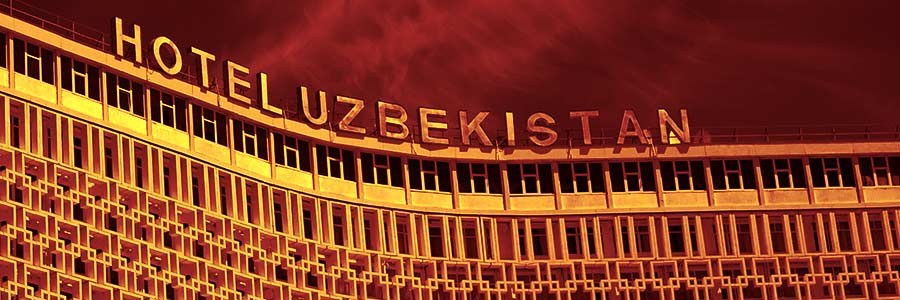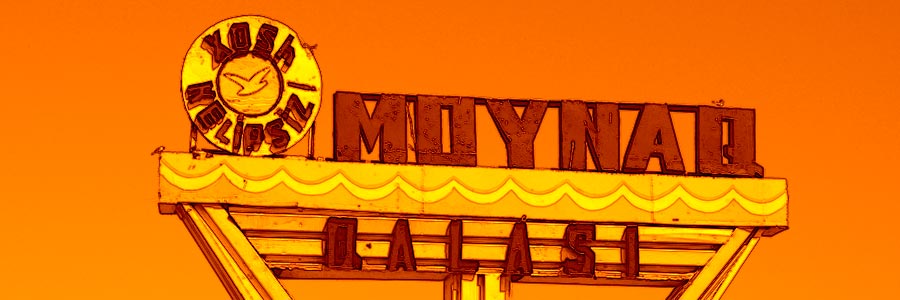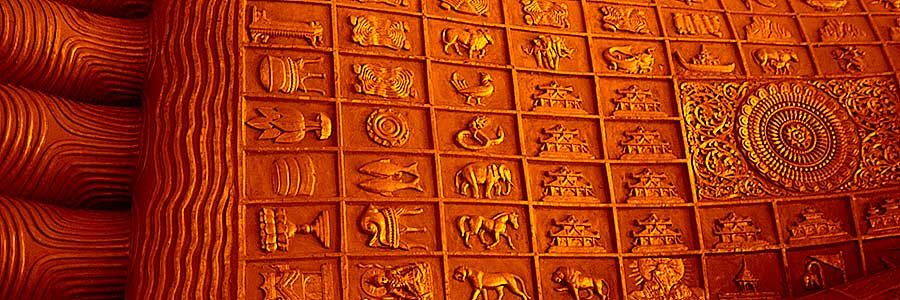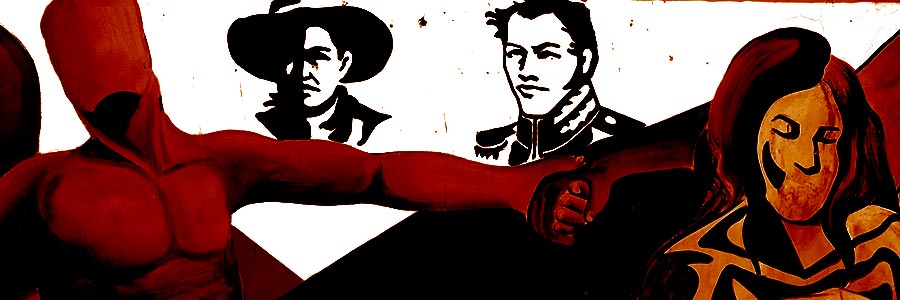I visited Uzbekistan for 3 weeks in May of 2017. During my time there I managed to traverse almost the entire length of the country from East to West. Yet there were still several places I didn’t have time to get to.
Uzbekistan contains within its borders a great trove of historic and cultural marvels that are little known in the West. That’s beginning to change with group tours starting to become popular with western European tourists. Independent travelers are still a rare sight in Uzbekistan however, even in the exulted former Silk Road cities of Khiva, Bukhara, and Samarkand. You’ll often feel as if you have the place to yourself if you venture there on your own. Historic cities and ancient ruins – some dating back thousands of years – are scattered throughout the country and beckon to travelers with a taste for exotic and lesser-known locales.
Once a part of the former Soviet Union, Uzbekistan lies right in the heart of Asia. The country has a harsh continental climate with bitterly cold winters and hot, humid summers. Unless you plan to get in some skiing, Spring and Fall are the best times to visit.




